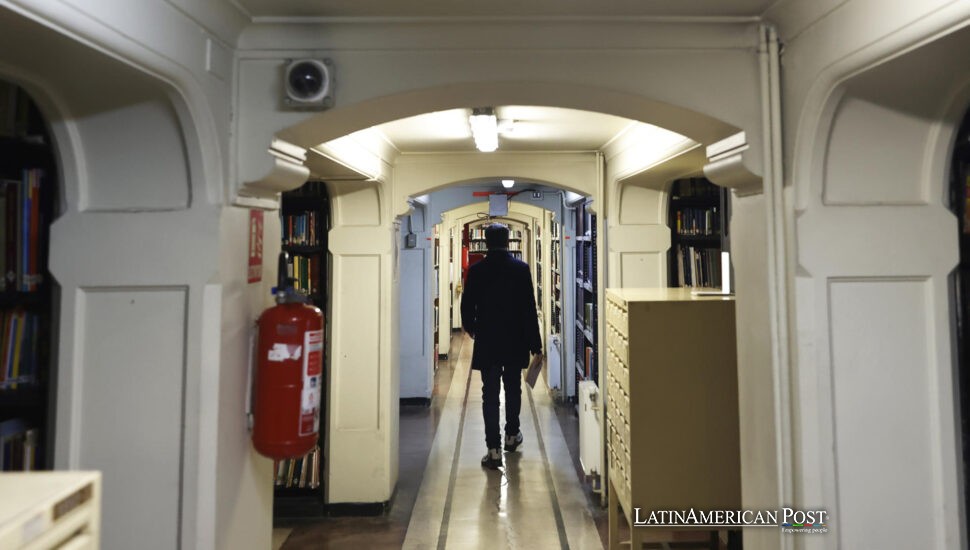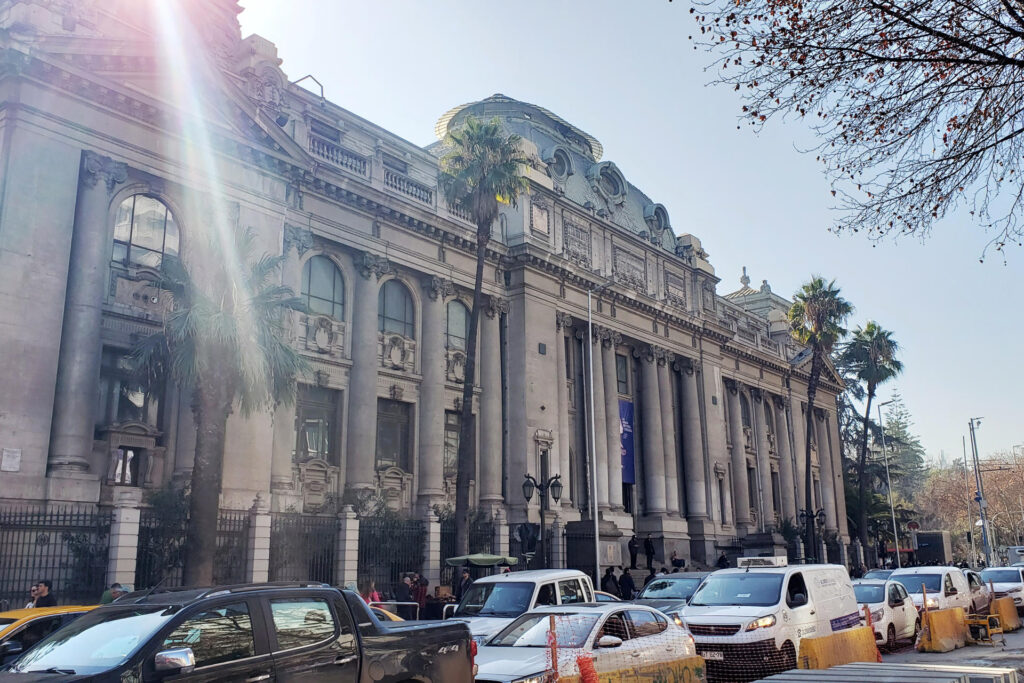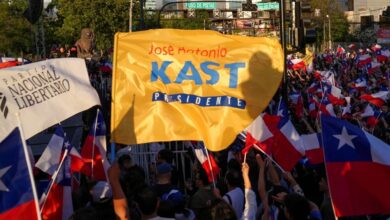Chile’s Hidden Library: Attic Discovery Revives the Story of Books Dictators Tried to Burn

Nearly fifty years after Pinochet’s dictatorship hunted leftist texts, librarians in Santiago uncovered a forgotten cache in the National Library’s attic—Allende-era speeches, pamphlets, and banned books—rekindling the tale of publishers, readers, and cataloguers who refused to let culture die.
The Attic That Time Forgot
The find was accidental, the twist a novelist might invent. Staff at Chile’s National Library opened a dusty garret and discovered boxes of books and pamphlets tied to Salvador Allende’s government: socialist texts, communist tracts, and even presidential speeches that had never entered the catalogue.
“When we took out the books, we realized they were from Salvador Allende’s time,” librarian Fernando Echeverría told EFE, adding that why those speeches were never catalogued “remains a mystery.”
That they survived at all feels improbable. After the military coup of September 11, 1973, soldiers raided publishing houses, homes, and libraries. Books were torched in courtyards, shipments seized and pulped, catalogues combed for “dangerous” titles. Yet some librarians had devised their own survival tactics: pulling cards from catalogues so “forbidden” works became invisible among millions of volumes, or slipping entire boxes into attics and storerooms beyond the sweep of soldiers.
“Having a book was an act of resistance,” researcher José Ignacio Fernández told EFE. Ownership itself was treated as subversion. That defiance echoes now in every dust-coated speech and every volume that waited, hidden, for a safer century.
Quimantú and the Danger of Cheap Books
The junta’s fury wasn’t only about titles; it was about reach. In 1971, Allende’s government created Quimantú, a state publishing house that turned paperbacks into policy. By printing cheaply and at scale, Quimantú made novels and essays affordable for workers, scattering literature across buses, kitchens, and factory floors.
Its success sealed its fate. After the coup, soldiers occupied the plant, pulped thousands of copies, and banned long lists of authors. “The book was not dangerous in itself, but in the context where it was being promoted,” historian Karen Donoso explained to EFE. If a novel could land on a factory bench for the price of a coffee, then every novel became suspect.
Inside libraries, the tactics to protect books read like spycraft. Catalogue cards were quietly removed and hidden. Inspectors arriving to demand “forbidden” titles often left empty-handed because the books seemed untraceable. At the University of Chile, some collections still went up in flames. But elsewhere, the books survived—tucked into desks, hidden in homes, or, as the attic find proves, waiting above the rafters of the National Library itself.
Editing Under the Censor’s Shadow
After the regime’s “terror phase” of raids and burnings, censorship hardened into bureaucracy. From 1975 to 1983, all publications required prior review. Many presses closed; output plummeted. But some editors found slivers of space.
“So long as you didn’t contradict the dictatorship in political, social, and economic terms, there was a certain margin,” Donoso told EFE. Into that margin slipped APSI, a news magazine launched by former Quimantú editor Arturo Navarro. Marketed as “international,” it smuggled stories that tested the limits. “We didn’t want to submit, and we always tried to push the fence,” Navarro recalled. “Despite censorship, every time you challenged it, you advanced a little.”
It was a game of wit and nerves. Headlines carried double meanings—safe for censors, sharp for readers. Printers learned to whistle warnings at the approach of raids. Booksellers stocked “wrong” shelves behind “right” ones. Historian Jaime Rosenblitt told EFE that the dictatorship lacked the “intellectual finesse” to dismantle Chile’s entire literary culture. Repression scarred it, but couldn’t erase it. Culture remained stubborn, plural, and quietly rebellious.

What Survived, and What Chile Still Debates
When democracy returned in 1990, literature faced a new challenge: the marketplace. A 19% value-added tax on books—one of the world’s highest—made reading expensive. Advocates still fight to lower it, arguing that a country once proud of novels priced like bus rides should not treat reading as a luxury.
Yet Chile’s literary scene has bloomed again. Small presses and debut authors crowd book fairs; young editors launch journals; readers return to public plazas to browse and buy. “Despite all the damage caused by the dictatorship, there have continued to be instances supporting books and reading,” Navarro told EFE. “Today we are full of fairs, new projects, and young publishers.”
That resilience carries Quimantú’s DNA—the conviction that culture is a right—and honors the librarians who risked careers, even freedom, to preserve what could not be openly saved. The attic boxes stitch the story together: the democratic impulse that spread books, the authoritarian hand that hunted them, and the ingenuity that kept them alive in hiding.
Chile’s attic remembers. It remembers the worker who smuggled books home under a coat, the cataloguer who slipped a card out of its drawer, the editor who learned to print diagonally. As Navarro said to EFE, quoting Neruda, “we did not sing in vain.”
Also Read: Dominican Reality Show Breaks the Internet by Letting Fans Rule
The dictatorship could torch warehouses, ban authors, and shutter presses. But it could not predict where a society would stash what it refused to forget. Nearly fifty years later, those forgotten boxes whisper back into daylight—proof that even in the darkest times, Chile’s culture refused silence.





